15 esoteric game-to-anime adaptations worth discovering
Animal Crossing, Fire Emblem, and other unseen reimaginings
A version of this article was published in January 2013.
Translating polygons to painted cels
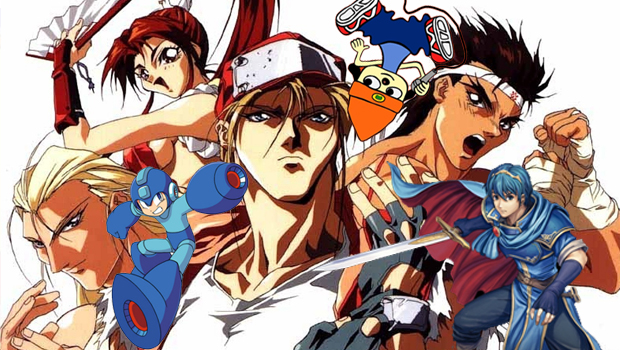
From Kirby curry to Final Fantasy Coca-Cola ads, video games are a huge part of Japans one of a kind culture. And that extends to the countrys cartoons. Youve probably heard of anime for Pokmon and Yu-Gi-Oh, or even the Studio Ghibli/Level-5 co-production, Ni no Kuni: Wrath of the White Witch. However, the shared history of these two mediums goes much deeper than that.
In the interest of bringing some lost art back into the light, I've dug up these 15 obscure examples of games crossing over with what Americans once refereed to as Japanimation. A few of these projects never saw an official release outside Japan, others were briefly available in the US after being produced by companies as wide-ranging as Nintendo, Sony, and Capcom. All are worth searching out for one reason or another. Wish your favorite game had an anime adaptation? It might already exist
Animal Crossing: The Movie (Theatrically released in 2006)
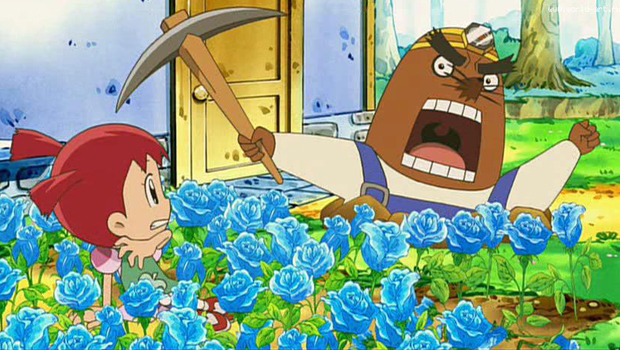
The technical translation of the film's title is Animal Forest: The Movie, but no matter what its called, devotees will immediately recognize the tropes of the popular Nintendo franchise. The plot follows the structure of the games, as a young woman named Ai moves to a town full of anthropomorphic animals. A good chunk of the movie shows her building a modest home, collecting fruit, digging up fossils, and making friends with her neighbors. That might sound like an uneventful movie, but its an undeniably accurate approximation of the gameplay.
Its too bad that Nintendo never saw fit to share this faithful adaptation with the rest of the world. Though Animal Crossings US fanbase isn't as big as the massive collection of Japanese fans, Americans would still love to see Tom Nook, Mr. Resetti, and K.K. Slider in all their animated glory. Its not too late for Nintendo to find some way to share the film with fans, especially after the high internation sales of Animal Crossing: New Leaf.
Persona 4: The Animation (Released in 2011)
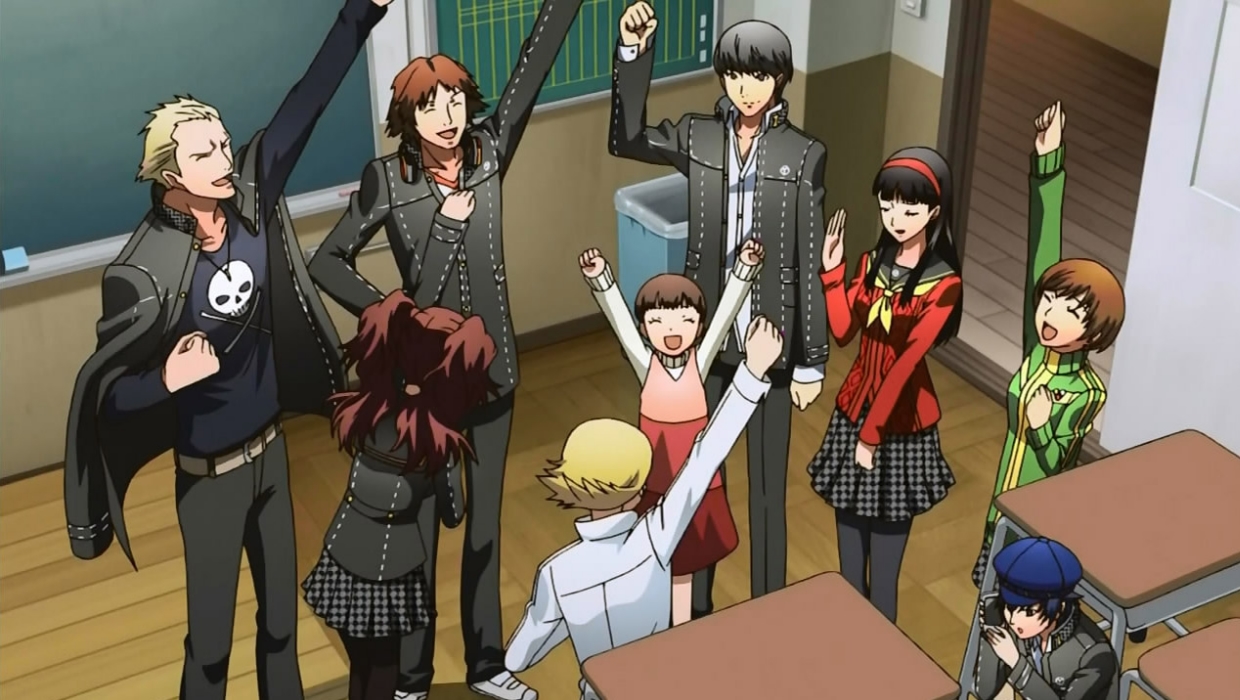
I firmly believe that Persona 4 is one of the best games ever and Persona 4: Golden is currently the best PS Vita game out there, but I can understand why some don't want to play it. The truest Persona 4 experience takes over 80 hours to complete. So isn't it helpful that it takes around 12 hours to watch the very faithful adaptation Pesona 4: The Animation?
The anime version of P4 sticks closely to the game's plot, with characters getting introduced in similar order, and boss fights playing out the same way. The anime also reuses a number of songs from the games, and several English voice actors reprise their roles. The anime even introduced a few elements that were later added to the Vita remake, which were then further in the 2014 update of the anime series. I can't wait for the next Persona 4 remake to be based on the anime based on the Vita port based on the anime based on the original game.
Weekly digests, tales from the communities you love, and more
Ninja Gaiden (Released on VHS in 1991)
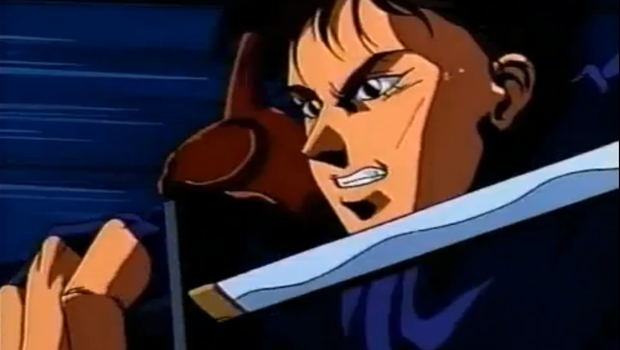
Starting in the 1980s, anime found a huge new market thanks to the proliferation of VCRs. Direct-to-video releases called OVA (Original Video Animation) could cater to niche audiences like gamers, and Ninja Gaiden was one of the first titles to get that treatment. The OVA matches the essence of NES originals, but it also features the type of bloody ninja dismemberment fans came to love in the later Xbox reboot.
The uneven 50 minute adventure stars Ryu Hayabusa, and hes once more aggressively searching for Irene Lew, his C.I.A. contact/love interest that has a nasty habit of getting kidnapped. However, as exciting as it may be to see Ryu hacking up demons with his trademark Dragon Sword, almost as much screen time is blandly spent with forgotten Gaiden cast member Robert Sturgeon as he investigates Irenes disappearance. Its similarly perplexing that Ryu spends the entire OVA without his trademark mask, instead favoring a very un-ninja-like headband.
Final Fantasy: Legend of the Crystals (Released on VHS in 1994)
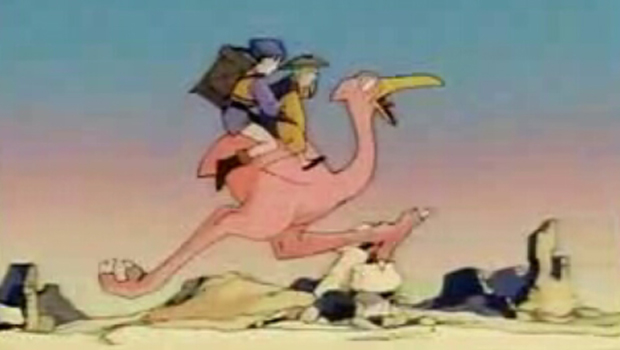
Youd think that Final Fantasy, after spending decades as one of the biggest franchises in Japan, would have more anime spin-offs. But there are surprisingly few. The only real FF anime tie-in, outside of some ancillary stuff related to indulgent CG film Advent Children, is Legend of the Crystals. Never heard of it? Thats likely because it bears little resemblance to the brand, even though its technically a direct sequel to Final Fantasy V.
Legend ditches the stars of FFV, and replaces them with a new cast that may fit archetypes like sword-wielding young men and spunky Summoner girls, but everything feels a bit off. For example, the above Chocobo from the cartoon looks like a plucked ostrich. And because the OVA is set hundreds of years after FFV, the only returning character is the ghost of the grandson of famous recurring NPC Cid. If the creators were going to make something so removed from the core games, they should have just made something original, like Final Fantasy: Spirits Within. Oh, wait
Street Fighter II: The Animated Movie (Theatrically released in 1994)
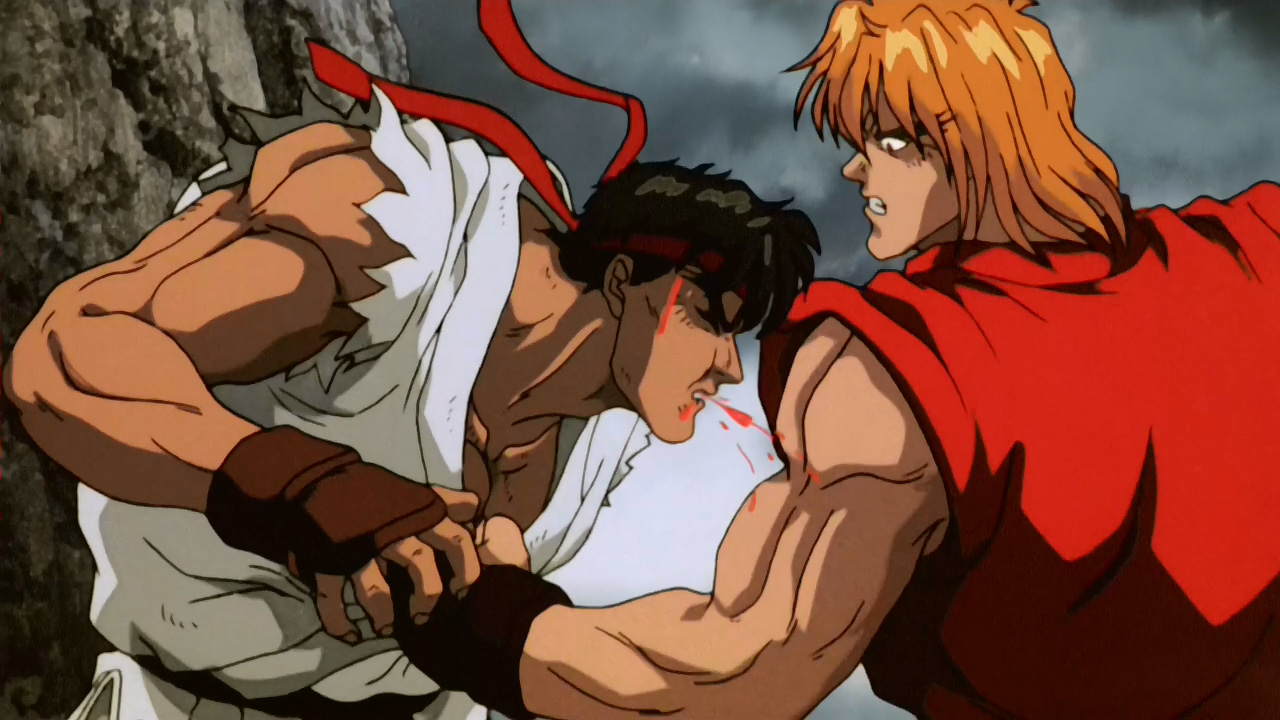
Street Fighter II was already a global phenomenon back in 1994, and publisher Capcom was quick to take advantage of that, beginning work on both live action and anime adaptations of SFII. Despite Jean-Claude Van Damme's involvement in the former, the animated version turned out much better, mostly thanks to the anime's choice to feature people fighting in the streets instead of tense hostage negotiations. The Animated Movie focuses on hard-hitting action and fanservice, and that commitment pays off in a number of memorable moments--and no, I'm not referring to Chun-Li's shower scene.
The fights are beautifully choreographed, with a good flow from move to move that many animes miss, simultaneous including many of the iconic attacks from the games. Chun-Li's brawl with Vega is arguably the best one in the film (especially when set to the KMFDM soundtrack), but pretty much all of the mainstays get at least a moment to shine in battle. And while later Street Fight animes really vary in quality, this film captures the fun of the games without overstaying its welcome.
Night Warriors: Darkstalkers' Revenge (Released in 1997)
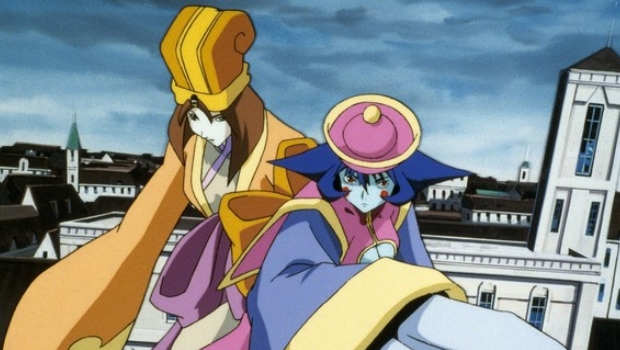
If you're one of those unfortunate enough to have watched the horrendous Darkstalkers cartoon that aired in the US, you have my sympathies. And I have even more pity for Darkstalkers fans whose only memory of animated Morrigan is from that show, because that means they missed the much better anime adaptation from the late 1990s. Made by a similar team as the Street Fighter II movie, the four episode direct-to-video series is a much truer recreation of the source material, right down to its devotion to the characters' surprisingly deep backstories.
There's also all the fanservice you'd expect from risque regulars like Morrigan and Felicia, but the series puts a similar amount of care into flashy fight scenes that dutifully recreate iconic moves for each fighter. It sticks fairly closely to the first game, so don't expect appearances from sequel favorites like B.B. Hood or Lilith. Hardcore Night Warriors followers should find some consolation in the anime's use of The Trouble Man, a campy, '80s-style rock song that's appeared in multiple series entries.
Sonic the Hedgehog: The Movie (Released in 1996)
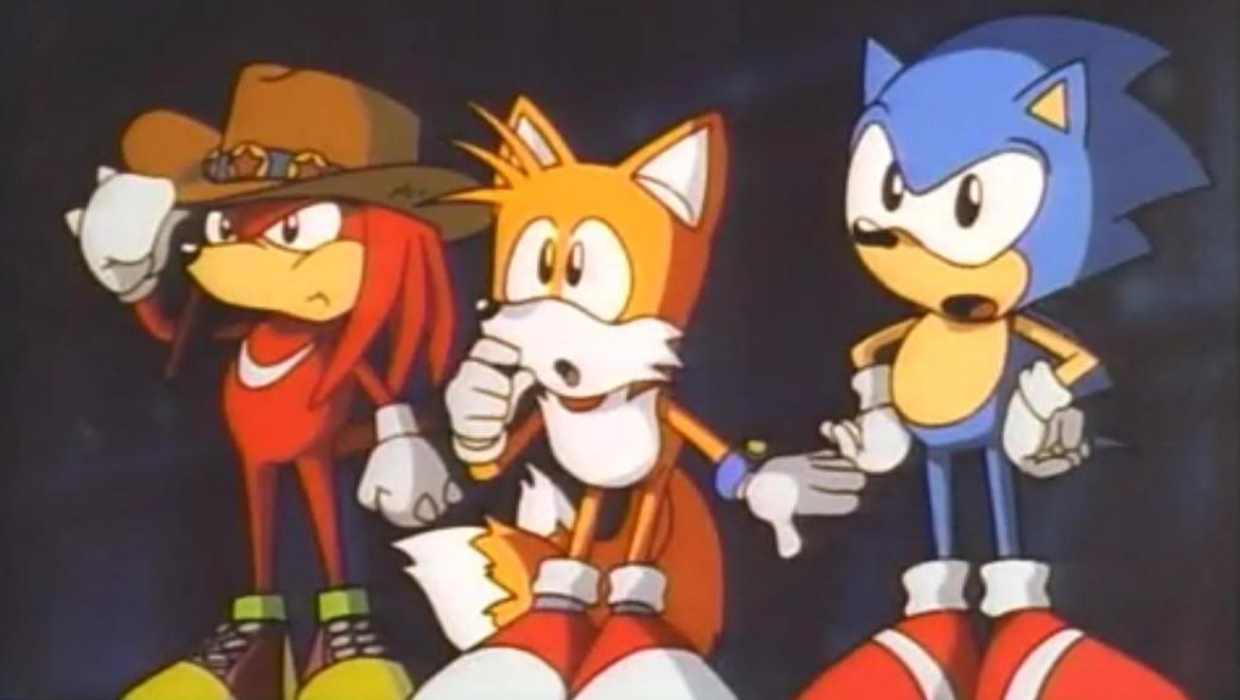
Sonic has appeared in tons of cartoons, and a number of fans still believe the Blue Blur's animation remains Sonic CD's cutscenes. Fans of those brief interludes should be happy to know the cinematics served as the inspiration for this little-seen anime adaptation from 1996. The OVA is a very 16-bit interpretation of the character, which means high speed combat in a colorful world. If only the anime limited itself to just that...
Unfortunately, or every badass scene of Sonic racing Metal Sonic to the death, the uneven film has three more scenes of slapstick humor, anime cliches, and childish voice acting. Additionally, if you aren't a fan Sonic's recent relationships with human princesses, you'll really dislike Sara, the perpetually annoying daughter of the president that Eggman kidnaps in the film. It didn't help that by the time it hit America in 1999 when the OVA premiered in USA to coincide with the launch of Sonic Adventure. Still, it's easily more watchable than Sonic X.
Professor Layton and the Eternal Diva (Theatrically released in 2009)

Many of these anime releases reinterpret or recreate the series they're based on for a new audience, but developer Level-5 chose to make an original animated film that's part of its overall game world. Professor Layton and the Eternal Diva is a major addition to the series' history, with events firmly set within the franchise's timeline, even getting referenced multiple times in later games. And given that the Layton titles have so many anime cutscenes, the full transition to film goes as smoothly as you'd expect.
Eternal Diva sees the prof. and his ward, Luke, investigate the bizarre disappearances of multiple opera singers. It all plays out like a typical Layton mystery, culminating with the pair solving the mystery and saving the day by using their gentlemanly wits. And to fully capture the Layton experience, the western localization features the same voice talent that is used for the video games. I'm glad I didn't have to groan at someone else saying, "That reminds me of a puzzle," in a gentle English accent.
Parappa the Rapper (Aired on TV in 2001)
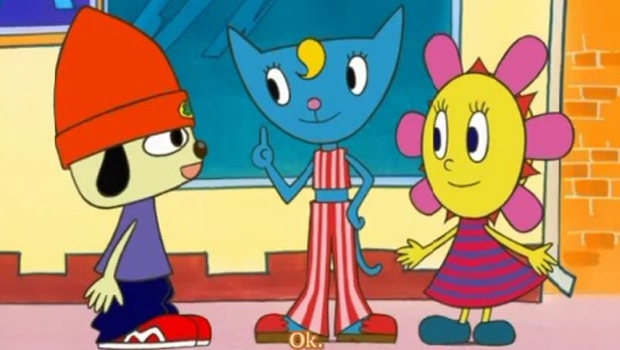
It is great to see Parappa the Rapper appear in PlayStation All-Star Battle Royale, especially because up to that point it seemed like Sony had abandoned the rhyming canine. However, while US fans spent more than a decade watching the once-ubiquitous hip hop dog fall into obscurity, Japanese players were enjoying him in a TV series that never officially came to the US.
Why was the 2001 anime passed over for localization? Perhaps that's due to the show being aimed at a much younger audience than the absurd games, even if the anime retains some of that lovable weirdness. Another possibility is that its mundane soundtrack couldn't compare to the unforgettably catchy songs in the PSOne original. If youre in desperate need of a Parappa fix, its worth looking up on YouTube, but dont blame me if you get bored halfway through the first episode.
Henry Gilbert is a former GamesRadar+ Editor, having spent seven years at the site helping to navigate our readers through the PS3 and Xbox 360 generation. Henry is now following another passion of his besides video games, working as the producer and podcast cohost of the popular Talking Simpsons and What a Cartoon podcasts.



